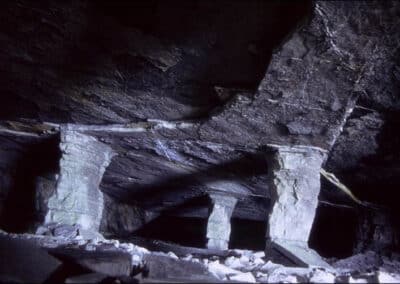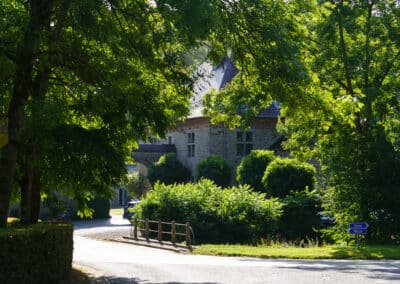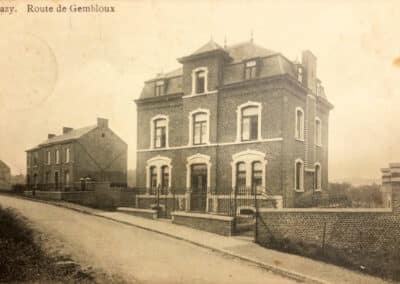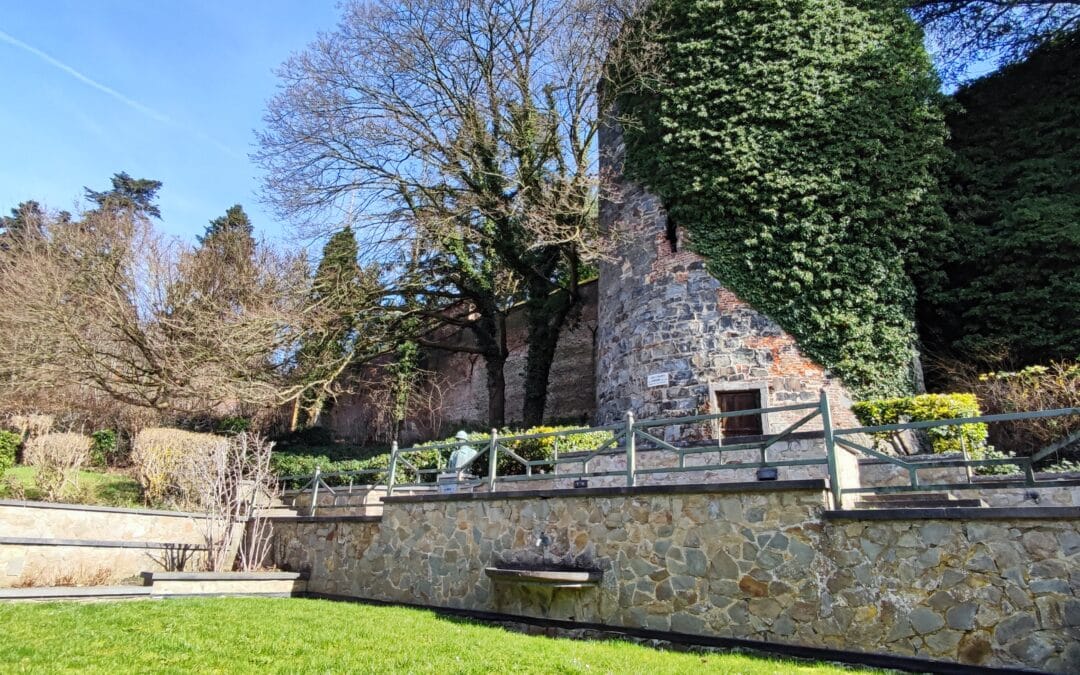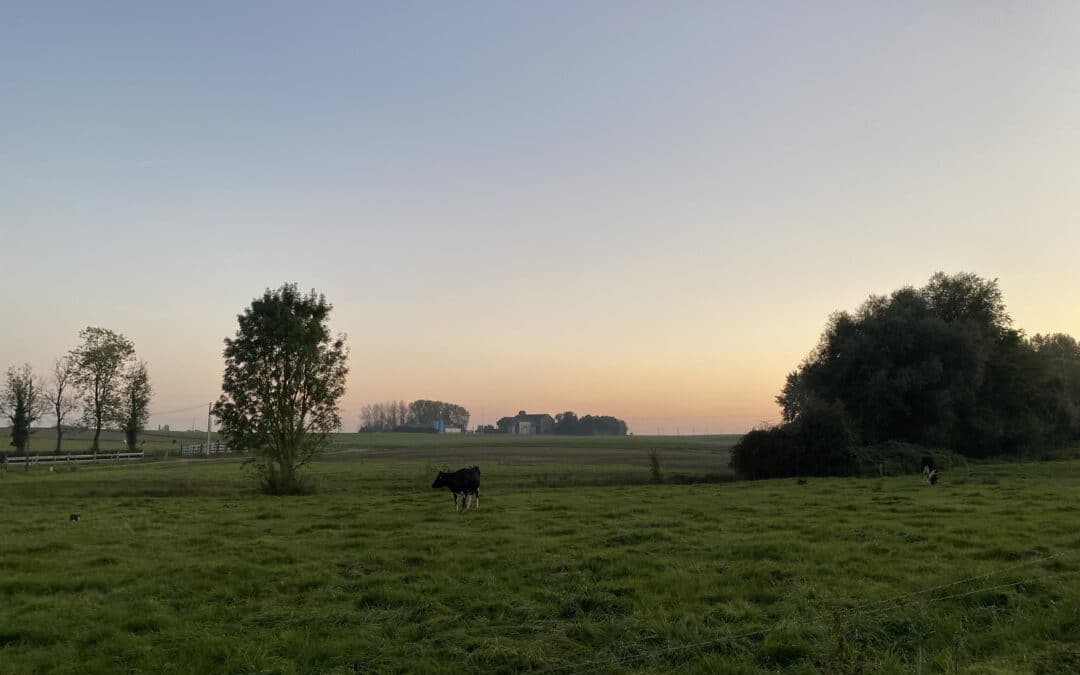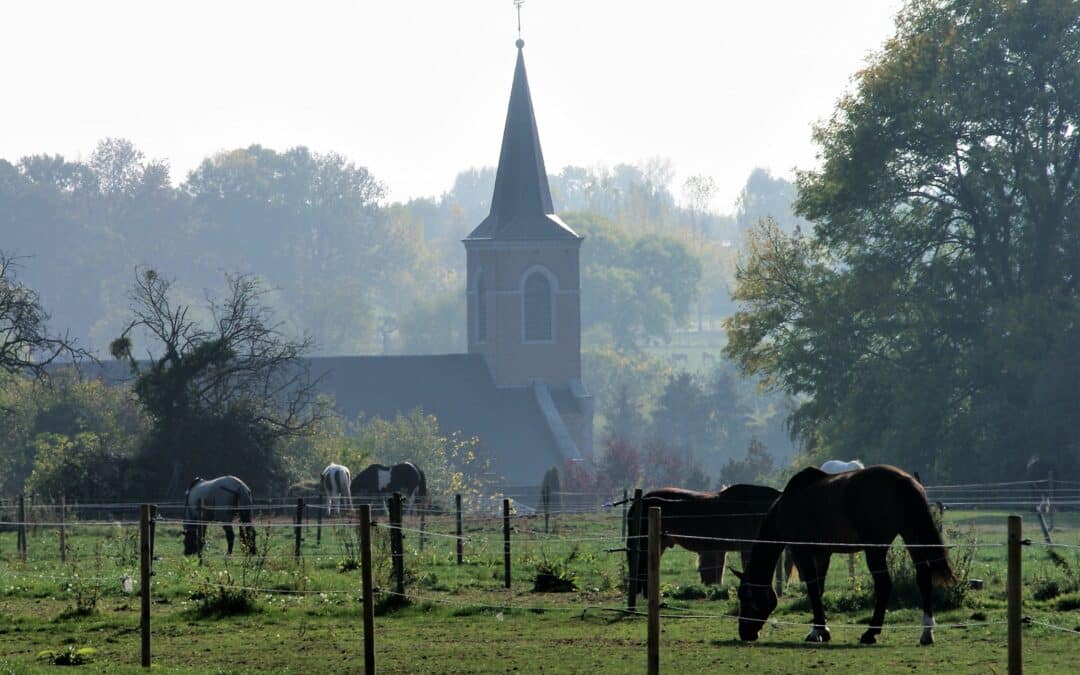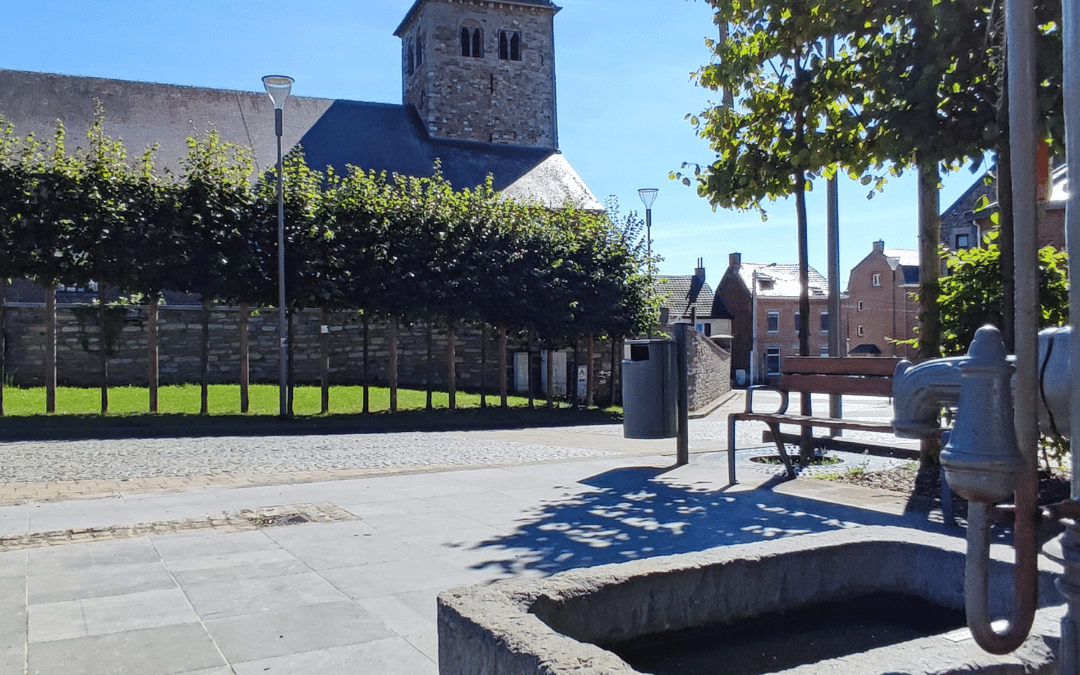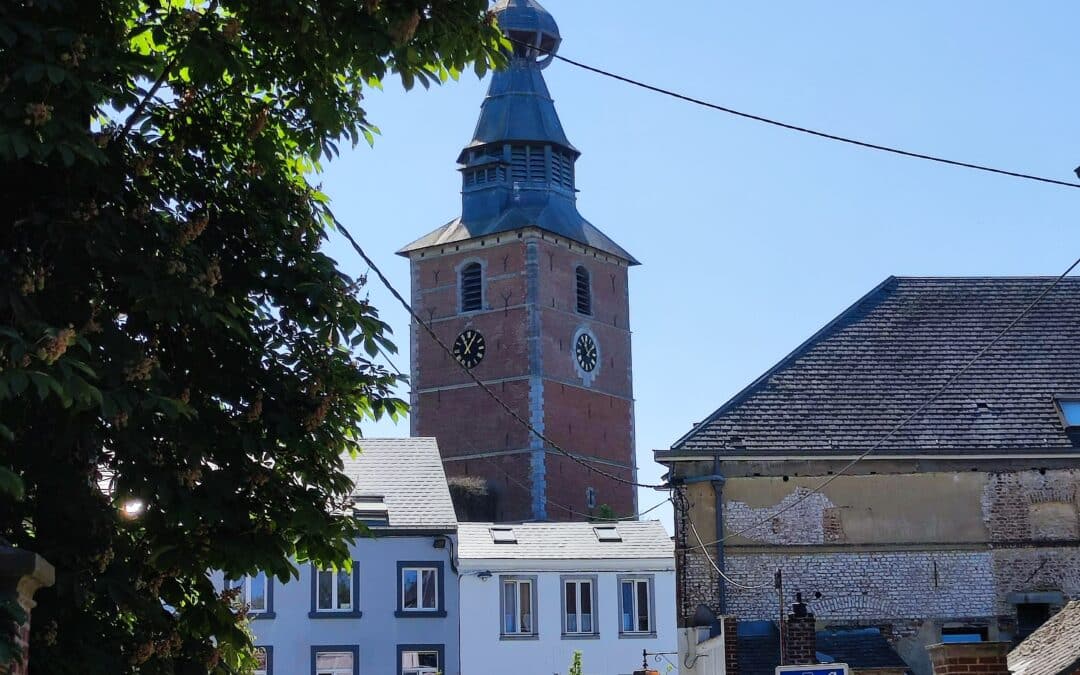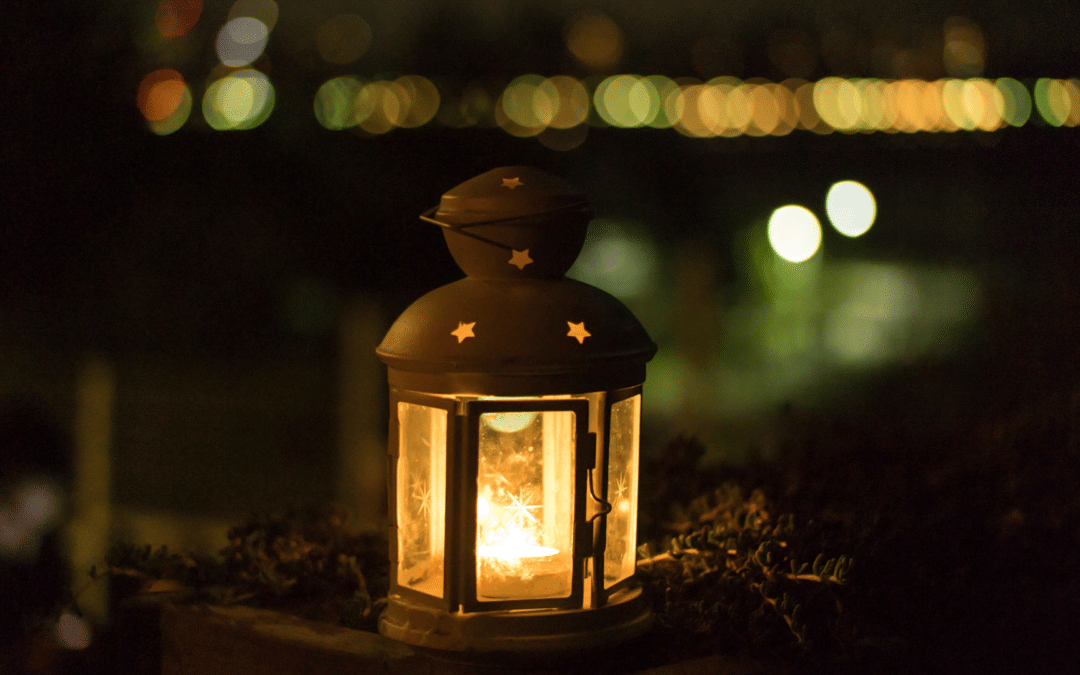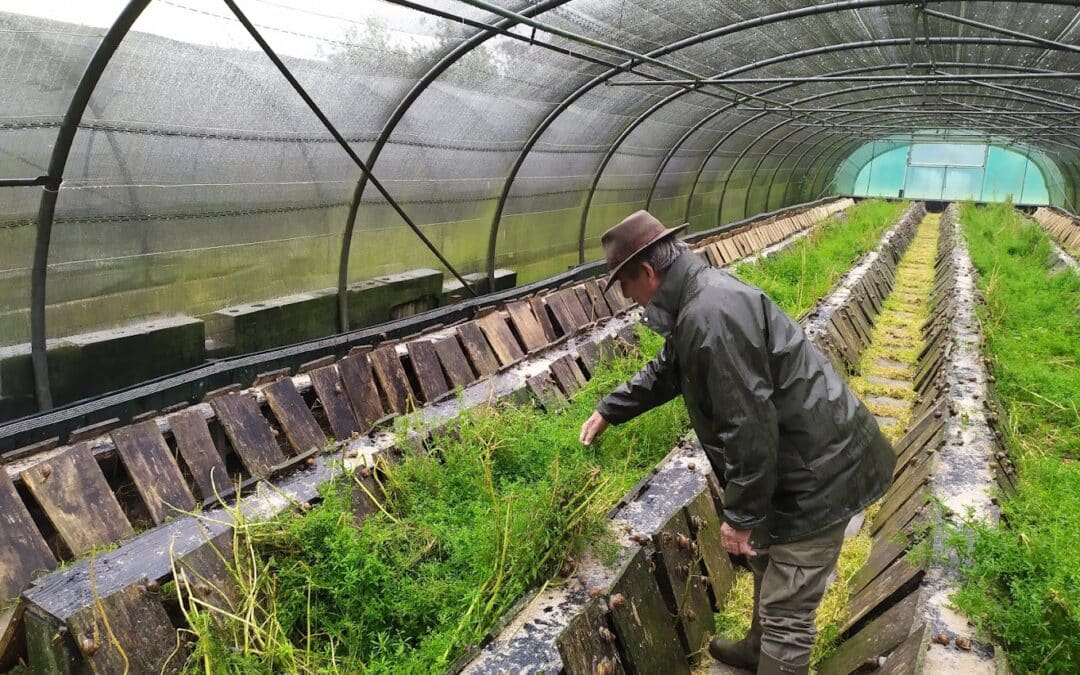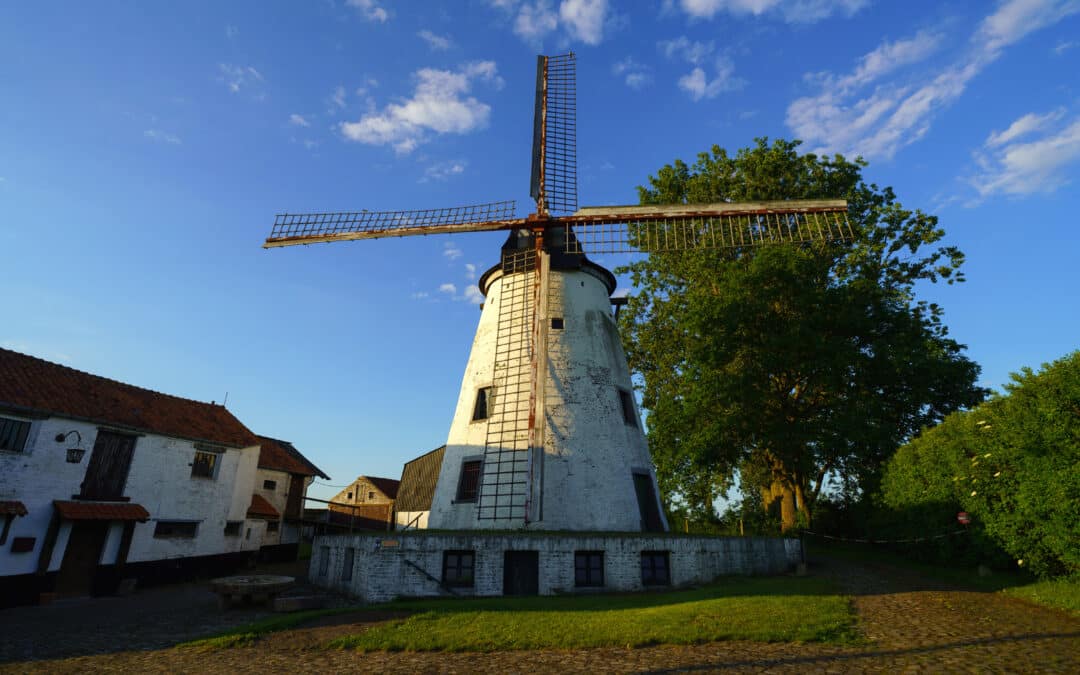The village of Mazy
Mazy, first mentioned in 1265, has its origins in a small farm located near the Bavay-Tongres Roman road, a few kilometers north of the village. Under the Ancien Régime, Mazy was divided between the seigneuries of Mazy, Falnuée and Hermoye, under the control of the County of Namur. The Mazy seigneury has had various owners, including the Pellissonnier and Meldeman de Bouré families. During periods of war, Château de Mazy welcomed Louis XIV in 1692 and Charles de Lorraine in 1746.
In 1784, Jean-Joseph Jaumenne established a splitting mill in Mazy, which operated until 1839. Later, in 1834, the Vedrin company sold the rolling mill, which became a stone mill. In 1854, the Dejaiffe brothers established a marble sawmill near l'Orneau, exploiting the black marble resources of the area's subsoil. The parish of Sainte-Barbe was erected in 1871.
Mazy became an independent commune in 1795 when the Austrian Netherlands was annexed to France, and the neighboring village of Onoz was attached to it until 1819.
Points of interest to discover in Mazy :
- Sainte-Barbe parish church
- Hermoye Farm
- Falnuée Castle Farm
- CIBE balancing act
- House n°4 de la chaussée de Nivelles
- Mazy black marble
Practical information
The name Mazy suggests a small farm or tenant farm. It is likely that the origin of this locality goes back to a small farm probably run by a settler from a villa located near the Roman road Bavay-Tongres, which passes a few kilometers west of the locality.
Mazy village coordinates
Access via map below
5032 - Mazy


